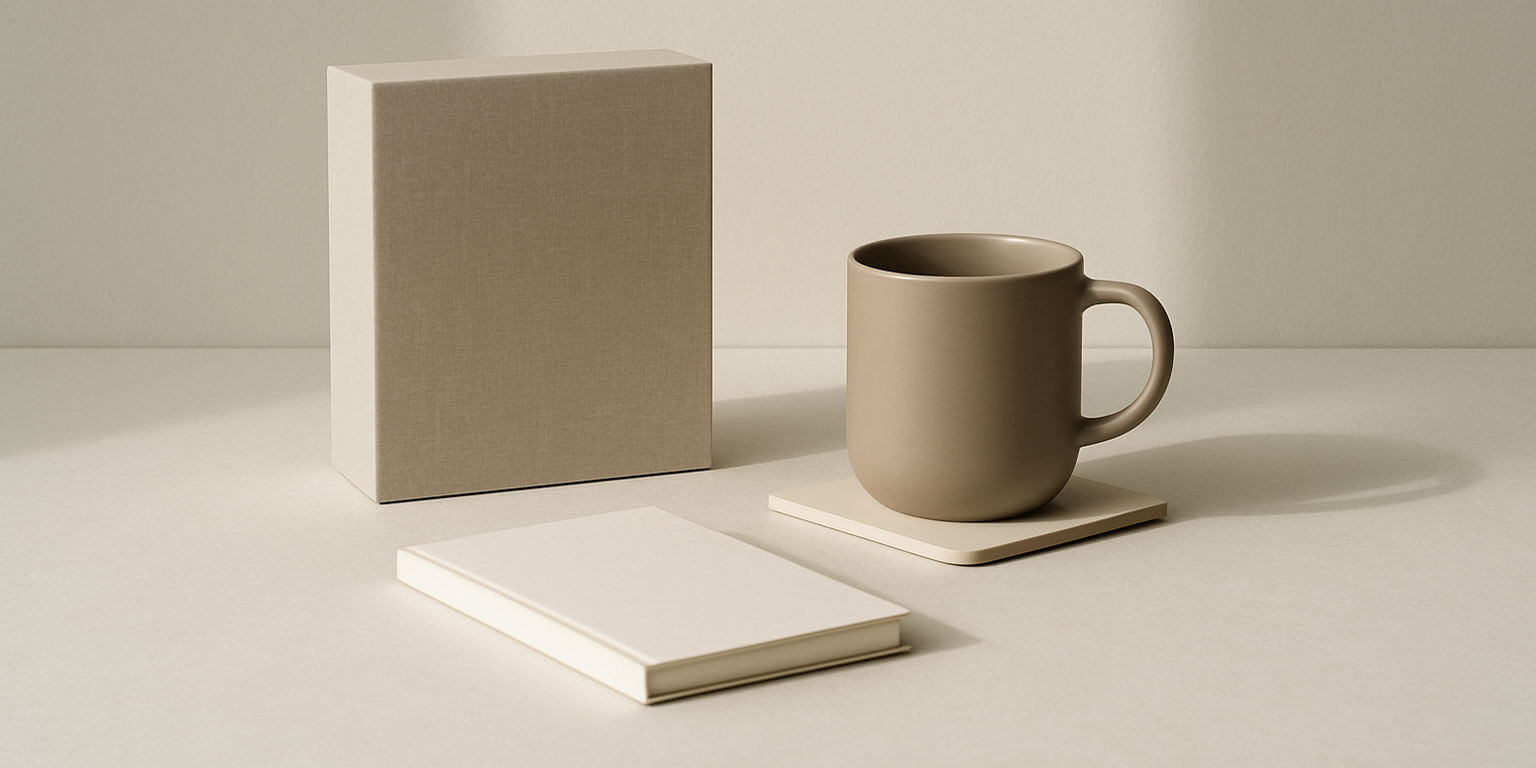| London, United Kingdom — Oct 16, 2025
How Minimalist Design Reinforces Premium Brand Perception
Minimalism in design is more than just using fewer elements. It is about intentionality—removing distractions to highlight what truly matters. Premium brands embrace minimalist design because it reflects clarity, elegance, and refinement. From logos and packaging to websites and advertising, minimalism communicates value through restraint, not excess. A minimalist approach helps premium brands stand out by doing less, not more. In a marketplace crowded with bold colors, complex visuals, and aggressive messaging, simplicity captures attention precisely because it contrasts with the noise. When a brand presents itself with clean lines, ample white space, and subtle typography, it sends a message of confidence. It implies that the brand does not need to shout to be noticed—it has already earned recognition. One of the strongest psychological effects of minimalist design is the association with quality. When people see simplicity, they often perceive it as more sophisticated and trustworthy. Luxury brands like Apple, Chanel, and Tesla have built their identities around minimalism, proving that simplicity can enhance desirability. Minimalist design suggests that the product’s quality speaks for itself, eliminating the need for unnecessary embellishment. Minimalism also enhances user experience, particularly in digital environments. Clean layouts, intuitive navigation, and balanced compositions make websites and apps easier to use. For premium brands, this seamless interaction reinforces a sense of exclusivity and care. Every click and visual element feels deliberate, enhancing the perception that the brand values both function and beauty equally. White space plays a key role in minimalist design. It is not wasted space, but rather a strategic choice that allows elements to breathe. White space directs focus, emphasizes hierarchy, and makes the design feel refined. It creates a visual rhythm that reflects calmness and control—qualities that consumers associate with high-end brands. When used effectively, white space turns simplicity into sophistication. Typography is another crucial component. Minimalist brands often use clean, sans-serif fonts that exude modernity and clarity. Some luxury brands opt for elegant serif fonts to convey heritage and craftsmanship. Regardless of style, typography in minimalist design is always purposeful. It aligns with the brand’s tone and reinforces its visual personality. Color also plays a powerful role in creating a premium feel through minimalism. Many high-end brands rely on neutral tones like white, black, gray, and beige, which evoke purity, stability, and timelessness. The absence of bright or clashing colors creates a calm and balanced atmosphere. A restrained color palette also helps maintain consistency across platforms, contributing to a cohesive and recognizable identity. Minimalist design aligns perfectly with the principle of “less is more.” By removing unnecessary elements, a brand can amplify what matters most—its message, product, or purpose. The visual silence of minimalism gives audiences room to focus on details and appreciate craftsmanship. This clarity builds trust, which is essential for brands that position themselves as premium or luxury. Moreover, minimalism reflects modern consumer values. Today’s audiences, especially younger generations, associate minimalism with mindfulness, sustainability, and authenticity. They value brands that demonstrate purpose, transparency, and restraint. A minimalist brand identity can therefore signal ethical consciousness and timeless relevance, appealing to both emotional and rational sensibilities. In marketing and advertising, minimalist design helps deliver more impactful storytelling. With fewer visual distractions, messages appear more focused and memorable. The viewer’s attention naturally gravitates toward the brand name, slogan, or product. This simplicity increases recall and strengthens emotional resonance. Minimalism also adapts well to multiple platforms, from billboards to social media, ensuring consistent brand expression across touchpoints. Minimalist packaging design can elevate perceived value instantly. When consumers unbox a product that is packaged with elegance and precision, it creates a sensory experience that reflects exclusivity. Clean lines, high-quality materials, and subtle branding create a feeling of care and refinement. This physical interaction deepens emotional connection and reinforces loyalty. While minimalism is effective, it must be executed thoughtfully. Too much simplicity can feel cold or impersonal if not balanced with warmth or storytelling. Successful minimalist brands maintain a balance between aesthetic restraint and emotional connection. Every design choice—from logo placement to typography spacing—should support the brand’s core message. In conclusion, minimalist design is not about removing elements, but about revealing essence. It allows premium brands to communicate sophistication, authenticity, and confidence through visual clarity. By emphasizing what matters most, minimalism transforms simplicity into strength. In 2025, as consumers seek authenticity and calm amidst digital overload, brands that master minimalist design will continue to define what it means to be truly premium.
